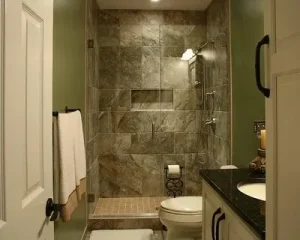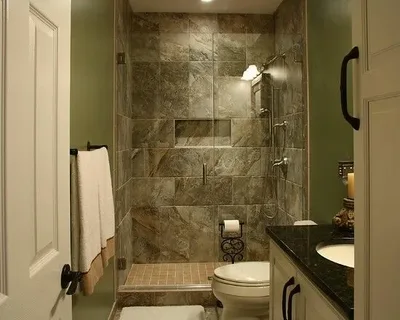Home remodeling can be an exciting yet overwhelming process, especially when working with a limited budget. Deciding where to start and what to focus on often becomes the biggest challenge. While every homeowner wants to enhance comfort, style, and functionality, budget constraints require careful planning.
Knowing how to prioritize remodeling projects allows you to make meaningful upgrades without overspending or leaving essential tasks undone.
Identifying Essential Repairs First
When money is limited, the first priority should always be addressing essential repairs. Issues such as roof leaks, faulty wiring, or deteriorating plumbing can compromise safety and cause more costly damage if ignored. Taking care of these foundational elements ensures the home remains structurally sound and livable.
Once these critical needs are managed, attention can shift toward projects that enhance comfort and aesthetics. By focusing on what keeps the house safe and functional, you create a strong base for any future improvements.
Considering Return on Investment
Another important factor when prioritizing remodeling projects is the potential return on investment. Certain upgrades, such as updating kitchens or bathrooms, often add value to a home. Even modest improvements like new fixtures, countertops, or energy-efficient appliances can improve market appeal.
Homeowners planning to sell in the future may find it worthwhile to prioritize these projects. On the other hand, those who plan to stay in their homes long-term may place more emphasis on upgrades that improve day-to-day living, even if they do not add significant resale value.
Balancing Immediate Needs with Long-Term Goals
Budget-friendly remodeling requires balancing immediate needs with long-term goals. While it may be tempting to focus on cosmetic changes, overlooking improvements that align with your future vision for the home can create inefficiencies later. For example, if you eventually plan to renovate the kitchen, updating the flooring in adjacent rooms beforehand may lead to mismatched designs or unnecessary costs.
Taking a holistic view of your remodeling plans ensures each step contributes to a cohesive and functional outcome.
Focusing on High-Use Areas
Remodeling projects that improve frequently used spaces often provide the greatest impact for the investment. Kitchens, bathrooms, and living areas see daily activity and influence both comfort and functionality.
By directing resources toward these spaces, homeowners often feel a more immediate benefit from their investment. This does not mean that other rooms should be neglected, but concentrating on areas that serve as the core of the home ensures the budget has a tangible effect on daily life.
Weighing Energy Efficiency Improvements
Energy efficiency upgrades are another valuable consideration when funds are limited. Improving insulation, upgrading windows, or modernizing heating and cooling systems may require upfront spending but often result in long-term savings on utility bills.
This practical approach combines immediate financial relief with sustainable benefits. Many homeowners find that these improvements make the home more comfortable while reducing operating costs, creating a balance between functionality and affordability.
Creating a Phased Remodeling Plan
Prioritizing projects becomes easier when you develop a phased plan. Breaking the remodeling process into manageable stages allows you to allocate resources more effectively. Instead of attempting to complete everything at once, you can focus on one project at a time based on urgency, cost, and long-term goals. This approach minimizes financial strain while ensuring consistent progress.
Many homeowners work with experienced contractors to create realistic schedules, but careful planning can also be done independently with proper research. Thoughtful planning, a key emphasis for repair companies such as Krause Companies, is crucial for avoiding unnecessary expenses and ensuring remodeling projects align with the homeowner’s vision.
Maintaining Flexibility Throughout the Process
Even the best plans may need adjustments as projects unfold. Unexpected costs can arise, materials may change in price, or priorities might shift as the renovation progresses. Maintaining flexibility ensures you can adapt without derailing the entire remodeling process.
Homeowners who leave room for adjustments in their budget and schedule are more likely to complete projects with less stress and greater satisfaction. This adaptability is especially important when working within financial limitations.
Finding Balance Between Function and Style
Ultimately, prioritizing remodeling projects on a tight budget requires striking a balance between function and style. While structural and safety needs should always come first, cosmetic upgrades also play an important role in creating a home that feels comfortable and personalized.
Choosing projects that achieve both practical improvements and aesthetic enhancements ensures the investment feels worthwhile. When done thoughtfully, even small changes can significantly improve the overall atmosphere and usability of the home.







